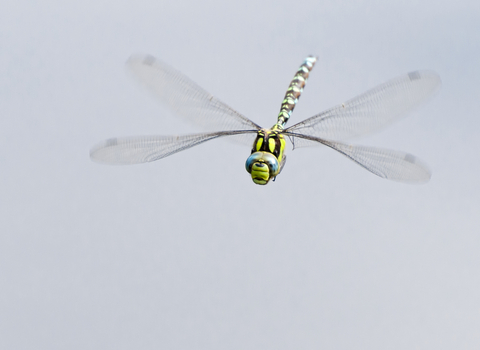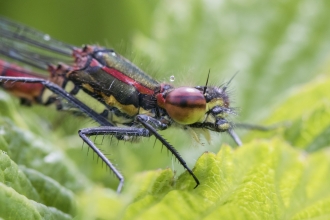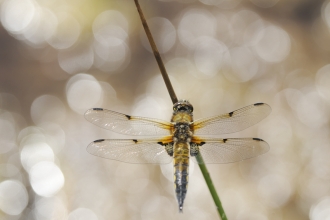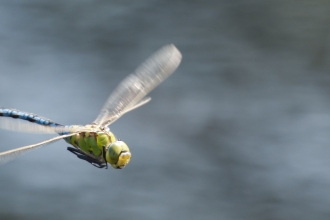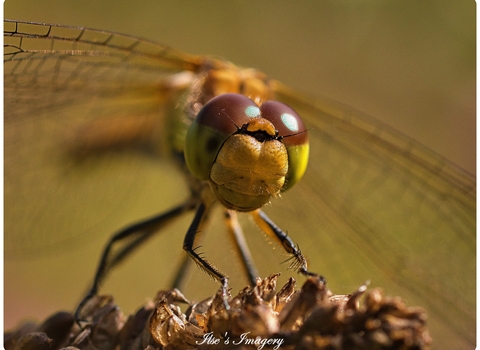An unexpected success story
In 1999, Middleton Industrial Estate became home to an astonishing range of species, including emperor dragonflies, black darters, and yellow-winged darters. The latter hadn’t been recorded in the area since 1995, and their return was a cause for celebration among local recorders.
Much of the action took place around damp, mossy hollows and abandoned land nicknamed the “bottomless pits.” Over just one summer, naturalists recorded more than 10 species of dragonflies and damselflies, including azure damselflies, ruddy darters, and blue-tailed damselflies.

